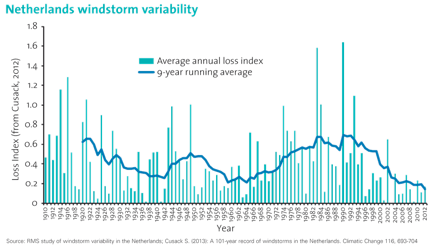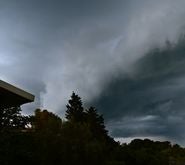Laurent Marescot
Senior Director, Market and Product Specialists, RMSLaurent is a catastrophe risk management expert at RMS, advising some of the largest companies in the (re)insurance industry how to best manage their nat cat, agriculture, cyber and terrorism risks. He also interacts as an expert for governmental and regulatory authorities. Laurent initially joined RMS in 2008 as part of the account management team, servicing the European (re)insurance and ILS market. He then headed the model product management group for all EMEA and APAC climatic/weather risk perils, such as windstorm, typhoon, severe convective storm and flood, as well as RMS global agricultural risk.
Prior to RMS, Laurent worked 3 years at the Swiss Federal Institute of Technology Zurich (ETHZ) as a Research Associate and Lecturer, managing multidisciplinary research projects. Laurent still lectures regularly on catastrophe modeling and insurance risk quantification at universities and gives seminars and invited talks in international industry conferences. Laurent co-authored numerous industry publications, peer-reviewed scientific articles and proceeding papers. He holds an MSc in Geology from the University of Lausanne and a PhD in Geophysics from the University of Lausanne and the University of Nantes.








